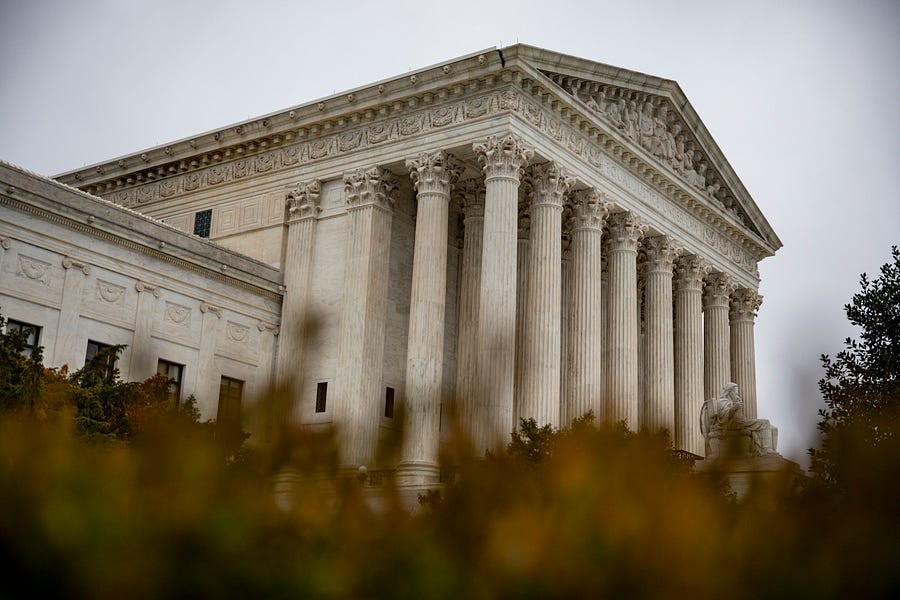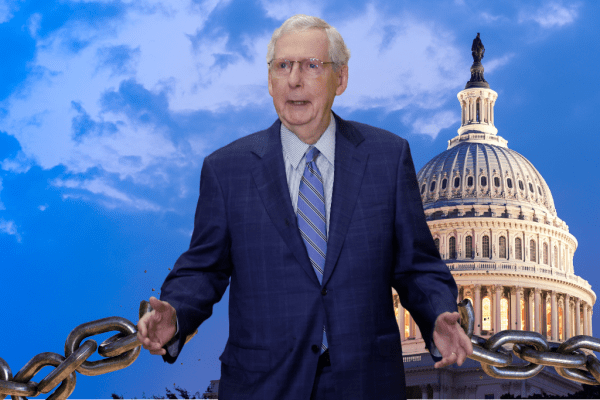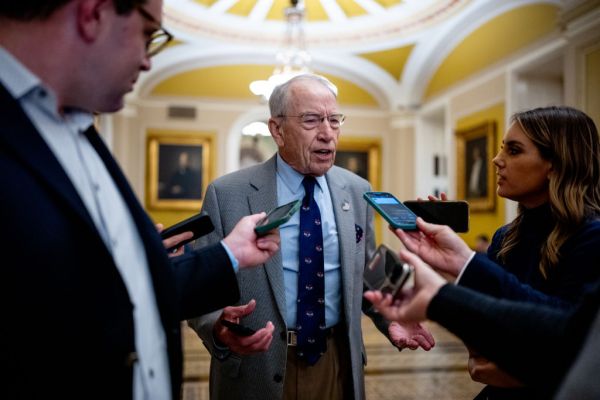One of the most fundamental goals of the modern religious liberty movement can be summed up in two words—legal equality. The government should grant religious organizations, individuals, and programs the same rights and privileges it grants to their secular counterparts. The most fundamental goal of a late 19th-century American politician named James Blaine was religious discrimination.
He capitalized on a wave of post-Civil War anti-Catholic fervor and proposed a now-infamous federal constitutional amendment that would have banned public funding for so-called “sectarian” institutions. His original proposed alteration to the First Amendment read:
No state shall make any law respecting an establishment of religion or prohibiting the free exercise thereof; and no money raised by taxation in any state for the support of public schools, or derived from any public fund therefor, nor any public lands devoted thereto, shall ever be under the control of any religious sect, nor shall any money so raised or lands so devoted be divided between religious sects or denominations.
This language reads quite differently to modern eyes. Now, the phrase “religious sect” stands in for religious movements more broadly. Then, to put it bluntly, the phrase meant “the Catholic church.” Moreover, neither did the amendment truly mean cutting off public funding from religious expression. No, at that time in American history public institutions were often in the business of religious expression.
As I wrote in a much longer piece about the modern history of the fight for religious liberty, our nation’s public schools often functioned as Protestant schools. They began days with Protestant prayer, they read from Protestant bibles, and they delivered Protestant bible lessons. The goal of the Blaine Amendment, then, wasn’t to separate church and state, but rather to protect and consolidate the dominance of what Ross Douthat has accurately called the “soft establishment” of American Protestantism.
Blaine failed to pass a federal amendment, but his efforts were not only successful at the state level, Congress began requiring new states to include Blaine Amendments in state constitutions. They ultimately spread to almost 40 states, and a significant portion of the contemporary effort to protect religious freedom has been dedicated to defeating James Blaine’s legal black knight.
I’m referring, of course, to the famous “black knight” scene from Monty Python and the Holy Grail. On his quest to rally knights to his cause, King Arthur encounters a knight who won’t permit him to pass a small bridge. Arthur methodically lops the limbs off the knight, until he’s left immobile, reduced to threatening to bite the king as the king continues on his quest.
And so it is with Blaine Amendments. Time and again, at both the state and federal level, Blaine Amendments have been limited, confined, and rolled back. But they’re not dead. They can still bite. And one of them bit hard in the state of Montana.
On Wednesday the Supreme Court heard oral arguments in Espinoza v. Montana Department of Revenue. The Montana legislature had created a tax-credit scholarship program that helped needy families attend private schools. The majority of Montana’s private schools were religiously affiliated. Montana, however, still possesses its Blaine Amendment, and in 2018 the state supreme court invalidated the entire tax credit program.
According to their court filings, petitioners are mothers who “were counting on the scholarships to keep their children in Stillwater Christian School, a nondenominational school in Kalispell, Montana.” They’re hoping to either slay the black knight once and for all, or at least reduce him to near-impotence.
Reading the oral argument (and with all due caveats that one must not presume too much from reading oral arguments) it appeared that Justice Roberts was a likely swing vote—if not the likely swing vote—and he may swing against the mothers without ruling on the merits of the case.
The court’s progressive judges aggressively questioned whether the parents were the right parties before the court. Under standing rules, a person has to alleged that they’ve suffered a legally recognized injury before they can have their case heard in court. Courts do not exist to render mere advisory opinions. They exist to vindicate the rights of the actual people and entities before the court. And on that score, this question from Justice Roberts raised eyebrows:
CHIEF JUSTICE ROBERTS: So your — your — I’m sorry. Oh, you’re good. The injury flows through the schools, right? I mean, the money would go to the schools, not to the parents. And we don’t have a school in this case.
In plain English, he’s questioning whether the mothers are the correct parties. As Justice Roberts notes, the families did not receive the scholarship funds, the schools did.
Moreover, as Justice Ginsburg noted, the parents themselves were “not taxpayers.” They weren’t contributors to the scholarship program and did not receive the state tax credit. So they neither funded the program, nor did they receive funds from the program. They were, however, beneficiaries of the program, and the loss of the program caused them real harm. That is likely just enough of a legally protected interest to grant them standing. But it’s far from certain.
On the merits, however, Montana found itself rightfully on its heels. This line of question from Justice Kavanaugh directed at Montana’s counsel, Adam Unikowsky, was instructive:
JUSTICE KAVANAUGH: Suppose — suppose the state said we’re going to allow the scholarship funds to be used for secular schools or protestant schools but not for Jewish schools or Catholic schools. Unconstitutional?
MR. UNIKOWSKY: Yes, so I think that
JUSTICE KAVANAUGH: Is that a yes?
MR. UNIKOWSKY: Yes.
JUSTICE KAVANAUGH: Okay. So what’s different when you say the scholarship funds can be used for secular schools but not for Protestant, Jewish, Catholic or other religious schools because of the religious status?
That, in a nutshell is the core of the religious liberty argument. If the government can’t prefer one religion over another, why can it prefer secular schools over religious schools? Why can it prefer irreligion over religion? Does the Establishment Clause permit state hostility against religion?
Moreover, if the specific religious provision in question was originally motivated by hostility against a specific religion, doesn’t that represent a clear Establishment Clause violation all by itself?
You wouldn’t know it from the political rhetoric that surrounds the American religious liberty debate, but (as I’ve argued before) much of the modern legal history is of a Supreme Court that is ushering the First Amendment out of a darker, narrower place. As we await the Espinoza ruling, we’ll find out if that trend continues.
Or, if you prefer to stick with the Monty Python analogy (and I do), we’ll learn whether James Blaine’s black knight lives to bite again.
Photograph of the Supreme Court building by Samuel Corum/Getty Images.









Please note that we at The Dispatch hold ourselves, our work, and our commenters to a higher standard than other places on the internet. We welcome comments that foster genuine debate or discussion—including comments critical of us or our work—but responses that include ad hominem attacks on fellow Dispatch members or are intended to stoke fear and anger may be moderated.
You are currently using a limited time guest pass and do not have access to commenting. Consider subscribing to join the conversation.
With your membership, you only have the ability to comment on The Morning Dispatch articles. Consider upgrading to join the conversation everywhere.